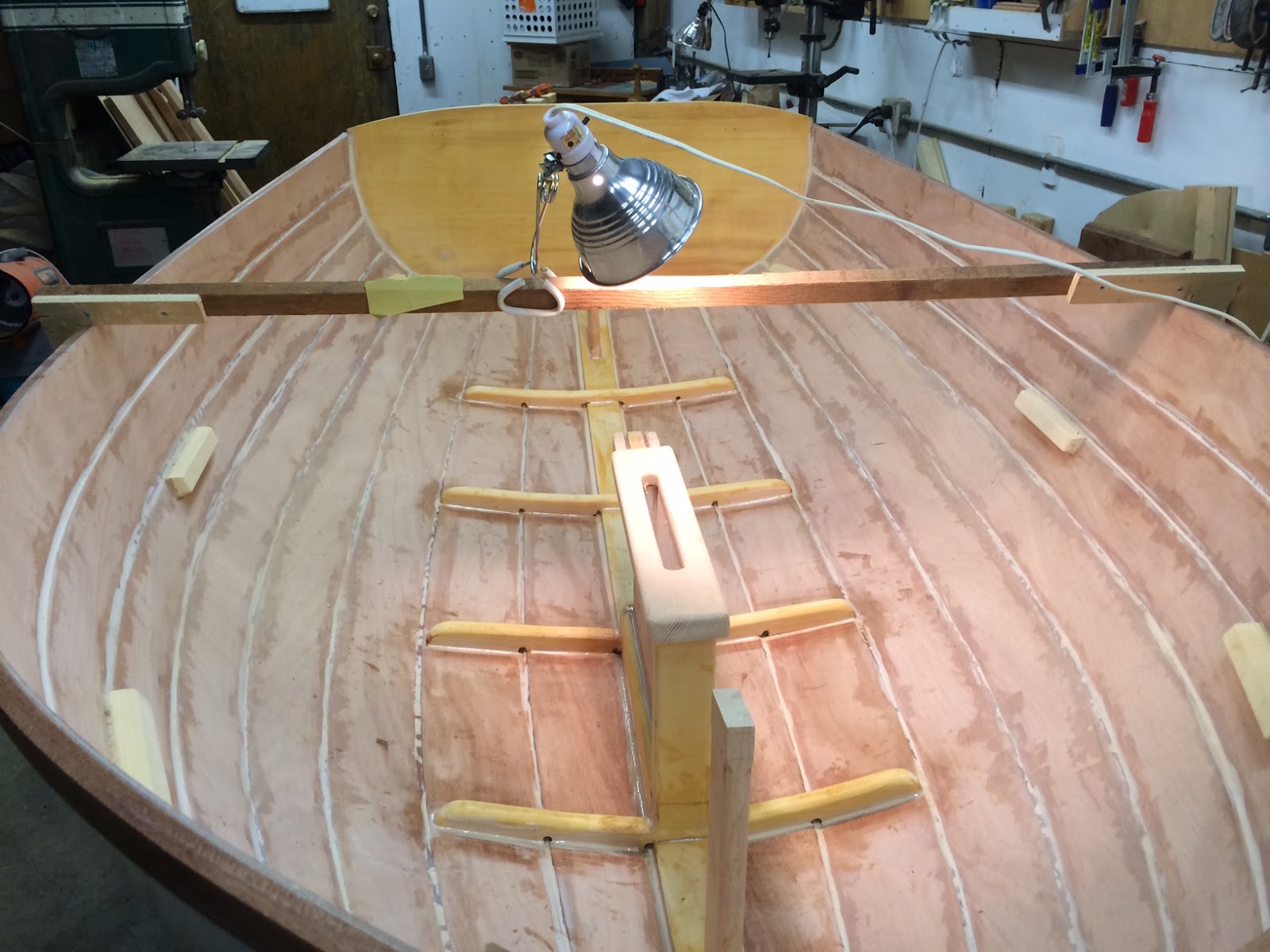Artful Dodger(ing)

Among the many preparations I am making for my planned trip up the inside passage is making a dodger to mitigate the discomfort of motoring northward against wind and water. Protection from wind and waves and rain over long, cold, rainy days is problematic on a boat as small as Ripple. Then too, there are esthetic considerations. I don't much like breaking up Ripple's classic lines with a stainless steel cage and canvas, so I am hoping to craft a suitably effective, easily removable solution without overly compromising her looks. Searching for design approaches led me to a slim, if pricey, volume by Tom Hunter: Frame Design for Boat Tops. Hunter is an engineer by training and apparently the leading frame architect in the field. His book is not for the faint of heart... in fact it is pretty much for canvas fabricators only -- there are precious few nods to the DIY dodger-building public. And you won't find it in your public library. WorldCat.org,...





















